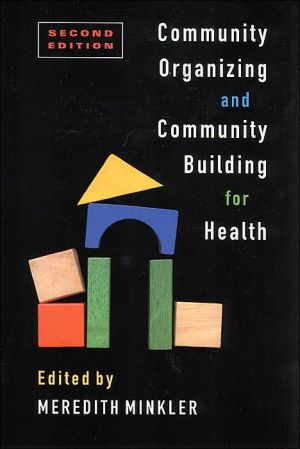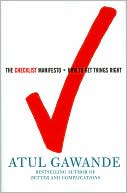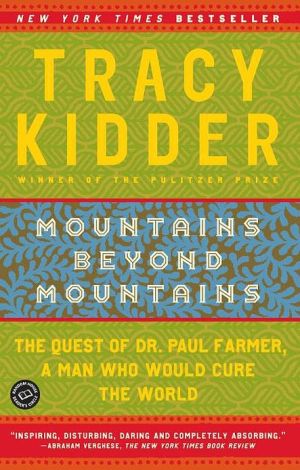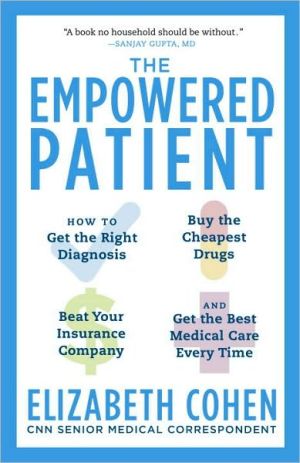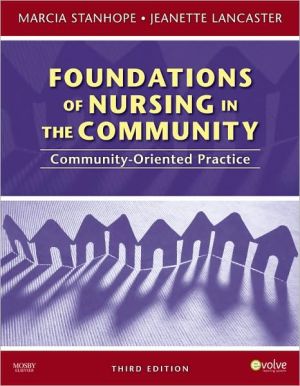Community Organizing and Community Building for Health
This updated and revised edition of a highly praised volume provides meaningful insights into the systems of inequality in the United States - such as race, class, and gender - that impact health. Updated versions of a number of the original chapters, as well as new chapters and appendixes, address areas such as using community organizing to influence policy; using the arts in community building and organizing; online activism; and the role of cultural humility and systems change in building...
Search in google:
The revised edition of Minkler's text on grass-roots public health work provides insights into systems of inequality in the US that have public-health consequences, such as race, class, and gender. Minkler (health and social behavior, U. of California, Berkeley) chose chapters that address areas including the use of community organizing to influence policy; use of the arts in community building and organizing; online activism; and the role of cultural humility and systems change in building effective partnerships between local health departments and community residents. The intended audience is professionals in fields such as health education that lie at the interface of health systems and communities. Annotation ©2004 Book News, Inc., Portland, OR
Ch. 1Introduction to community organizing and community building1Ch. 2Improving health through community organization and community building : a health education perspective26Ch. 3Social action community organizing : proliferation, persistence, roots, and prospects51Ch. 4Community building practice : a conceptual framework66Ch. 5Community, community development, and the forming of authentic partnerships : some critical reflections82Ch. 6New contexts of organizing : functions, challenges, and solutions97Ch. 7Ethical issues and practical dilemmas in community organization and community participation116Ch. 8Community health assessment or healthy community assessment : whose community? : whose health? : whose assessment?138Ch. 9Mapping community capacity158Ch. 10Selecting and cutting the issue173Ch. 11Toward a gender analysis of community organizing models : liminality and the intersection of spheres196Ch. 12Freirian praxis in health education and community organizing : a case study of an adolescent prevention program218Ch. 13Education, participation, and capacity building in community organizing with women of color240Ch. 14Local government and resident collaboration to improve health : a case study in capacity building and cultural humility254Ch. 15Community organizing with the elderly poor in San Francisco's tenderloin district272Ch. 16Understanding coalitions and how they operate as organizations292Ch. 17Coalition building to prevent childhood lead poisoning : a case study from New York City314Ch. 18Harnessing the power of the Internet for advocacy and organizing331Ch. 19Using the arts in community organizing and community building346Ch. 20Participatory evaluation : building community while assessing change368Ch. 21Community building through empowering evaluation : a case study of community planning for HIV prevention386Ch. 22Using community organizing and community building to influence policy405Ch. 23Media advocacy : a strategy for empowering people and communities419App. 1Action-oriented community diagnosis procedure433App. 2Principles of community building : a policy perspective436App. 3Coalition checklist438App. 4Using force field analysis and SWOT analysis as strategic tools in community organizing444App. 5Inclusivity checklist448App. 6Community mapping and geographic information systems : tools for organizers450App. 7Criteria for creating triggers or codes455App. 8A checklist for action457App. 9Scale for measuring perceptions of control at the individual, organizational, neighborhood, and beyond-the-neighborhood levels458App. 10Ten principles for effective advocacy campaigns462App. 11Ten commandments of community-based research464
